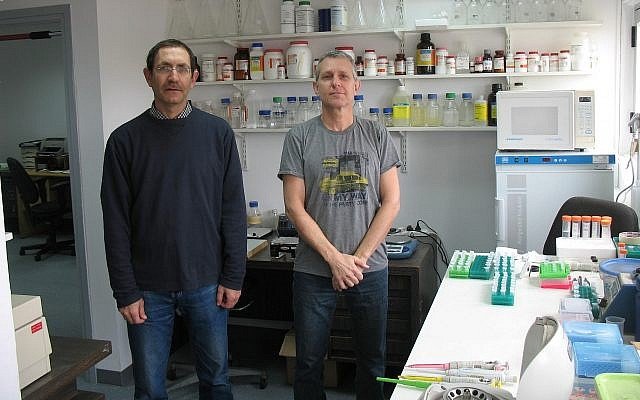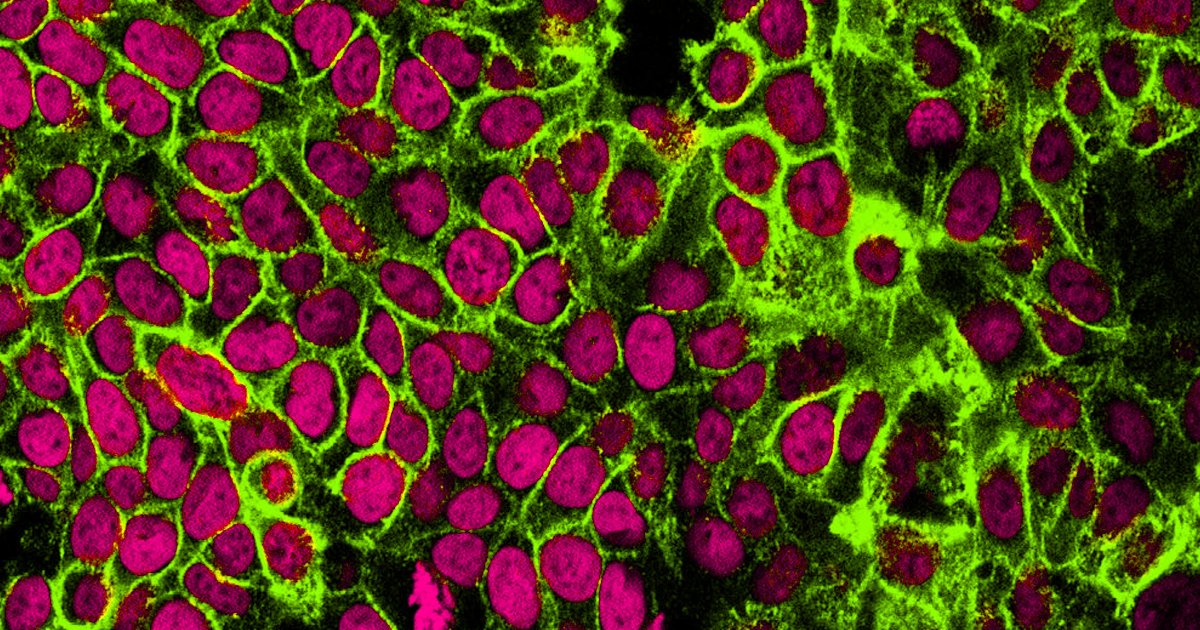HIV hidden in patients' cells can now be accurately measured
31 January 2019
Researchers can now quickly and accurately
count a hidden, inactive form of the human immunodeficiency virus (HIV)
that lurks in patients' cells. This version of HIV embeds into cells'
genomes and can persist despite otherwise successful therapies -
thwarting attempts to cure the infection.
Using a new genetic technique developed by Howard Hughes Medical
Institute Investigator Robert Siliciano and colleagues, researchers will
finally be able to measure just how much of this viral form is hiding
in the body — a crucial part of evaluating the effectiveness of new
treatments, Siliciano says.
Previous tools overestimated the number of this HIV form by
10-to-100-fold, potentially obscuring meaningful declines produced by
experimental therapies, according to his team's report in the journal Nature on 30 January 2019. "We may still be a long way from a cure," he says, "but now at least we can measure our progress."
Current HIV therapy involves combinations of antiretroviral drugs,
each of which inhibits a specific stage of the HIV lifecycle. When drugs
that block two or more stages are given to a patient simultaneously,
the virus cannot replicate, and its presence in the bloodstream drops
below detection limits. This relieves patients' symptoms and keeps them
healthy for decades. But the virus sticks around in the body, in a
latent form that's challenging to detect, much less count; HIV's genetic
instructions, or template, remain integrated within the genome of
certain cells.
HIV exclusively infects immune cells called CD4 cells. A subset of
these routinely become dormant and store a record of known infectious
agents. Like vivid memories, these cells persist indefinitely. But their
persistence comes with a downside: they can unwittingly safeguard the
instructions for making HIV. Once the cells are "awakened," these viral
templates snap back into action making viruses. So patients infected
with HIV must remain on antiretroviral therapy forever - unless
scientists can figure out how to destroy this so-called "latent
reservoir" of HIV.
The first step is figuring out how big each patient's latent
reservoir is, so researchers can track their progress depleting it. But
that's been a serious challenge, says Siliciano, an HIV researcher at
the Johns Hopkins University. When he and his lab members first
demonstrated the existence of the latent reservoir in 1995, they did so
using a technique they developed called quantitative viral outgrowth
assays (QVOAs). The method involves growing HIV-infected cells in the
lab, which is difficult and takes weeks to complete.
To skirt those issues, most scientists use a simpler technique that
relies on a genetic reaction called PCR to measure how much viral DNA
is present in CD4 cells. The problem, says Siliciano, is that 98 per
cent of the HIV instruction books are so defective they're harmless, so
the method overestimates the number that matters to patient health.
Siliciano's team instead designed a PCR reaction that can
distinguish between defective and intact viral templates, using
fluorescent probes in two different colors. The probes target areas
prone to mutations that can cause defects, and a color read-out
indicates whether the HIV instructions are defective or not.
That means that scientists can use the new technique to assess
whether a given intervention - an experimental drug, or cocktail of
drugs, for example - is affecting the pool of hidden HIV instructions
that actually threaten patients' lives.
"For decades, the field has been clamoring for an accurate measure
for these hidden viral templates," Siliciano says. "Now, we have a good
way to know if we are making a dent in their numbers."




